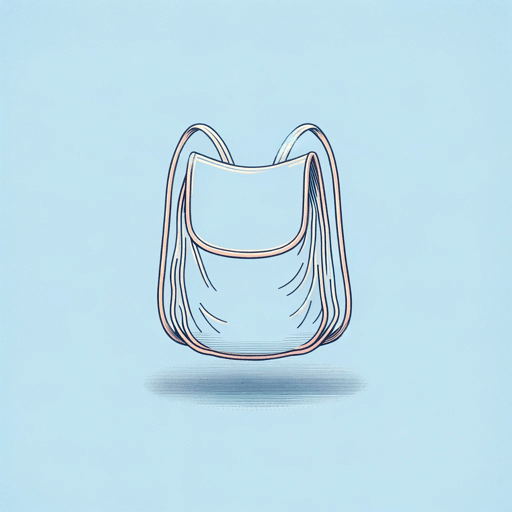49 pages • 1 hour read
Peggy McIntoshWhite Privilege: Unpacking the Invisible Knapsack
Nonfiction | Essay / Speech | Adult | Published in 1989A modern alternative to SparkNotes and CliffsNotes, SuperSummary offers high-quality Study Guides with detailed chapter summaries and analysis of major themes, characters, and more. For select classroom titles, we also provide Teaching Guides with discussion and quiz questions to prompt student engagement.
Literary Devices
Metaphor
The central image McIntosh uses in her essay is the “knapsack.” It qualifies as an extended metaphor because she endows it with a large number of items (26 in total) and because she revisits it after its initial description. It is a single image, yet its contents are extensive, each being a benefit white people in America have that nonwhite people typically do not. For example, the third item in the knapsack says, “I can be pretty sure that my neighbors […] will be neutral or pleasant to me.” She refers back to this item later: “the expectation that neighbors will be decent to you […] should be the norm in a just society” (Paragraph 39).
First-Person Point of View
McIntosh’s essay relies heavily on first-person narration. Although the topic is a social phenomenon, McIntosh approaches it through personal experience. Her choice to write about herself, and in a somewhat confessional and regretful tone, introduces vulnerability into her essay. She asks her white readers to do something difficult, namely, investigate their racial privilege. Perhaps by writing about her experiences, challenges, and failures with the topic, she hopes to encourage her readers to be less defensive and to think about the issues with vulnerability and openness.

